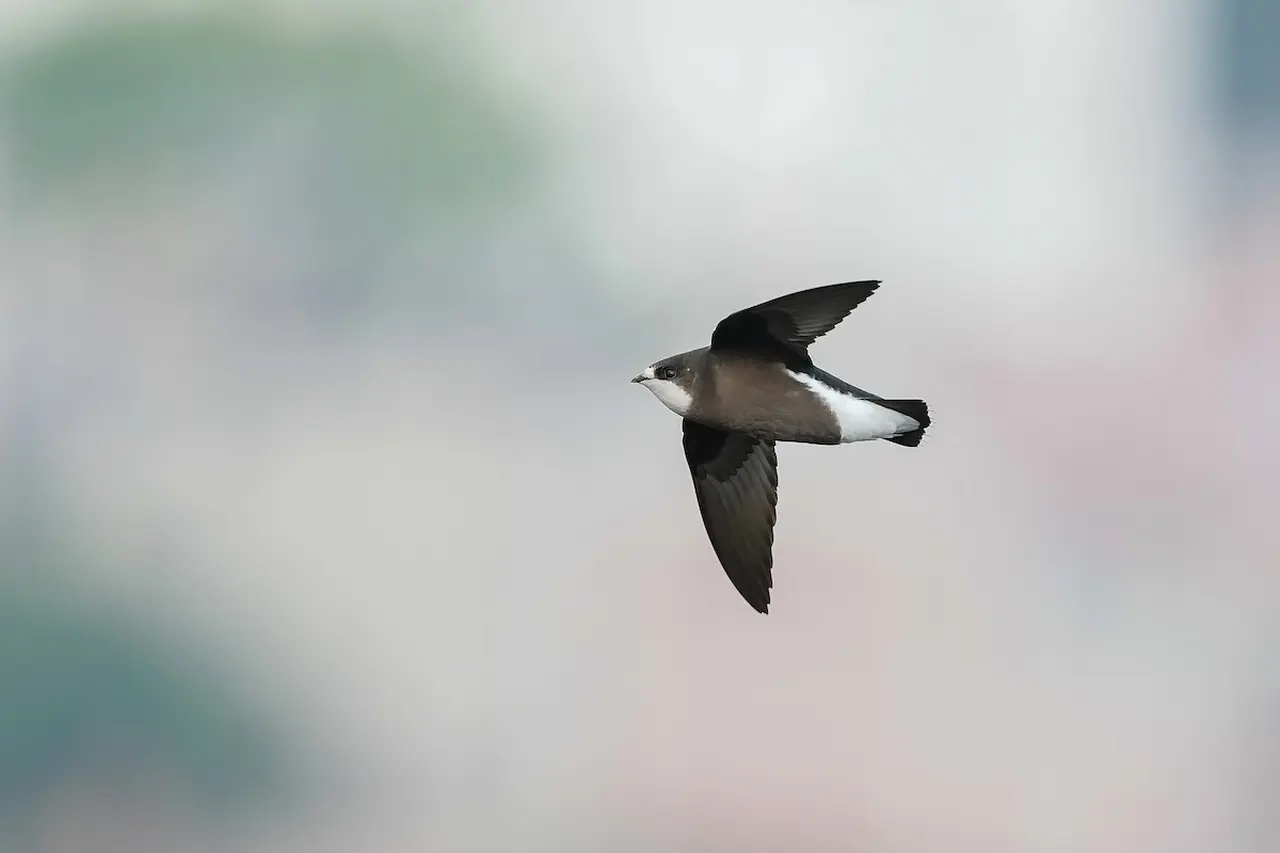In the lush and vibrant realms of tropical rainforests, the Green Hermit (Phaethornis guy) emerges as a captivating and elusive resident. With its remarkable plumage, distinctive behaviors, and vital role in pollination, this hummingbird species holds a special place among birdwatchers, ecologists, and nature enthusiasts. In this article, we delve into the enchanting world of the Green Hermit, exploring its characteristics, behaviors, habitat, and its significance within the intricate tapestry of rainforest ecosystems.
Green Hermit images
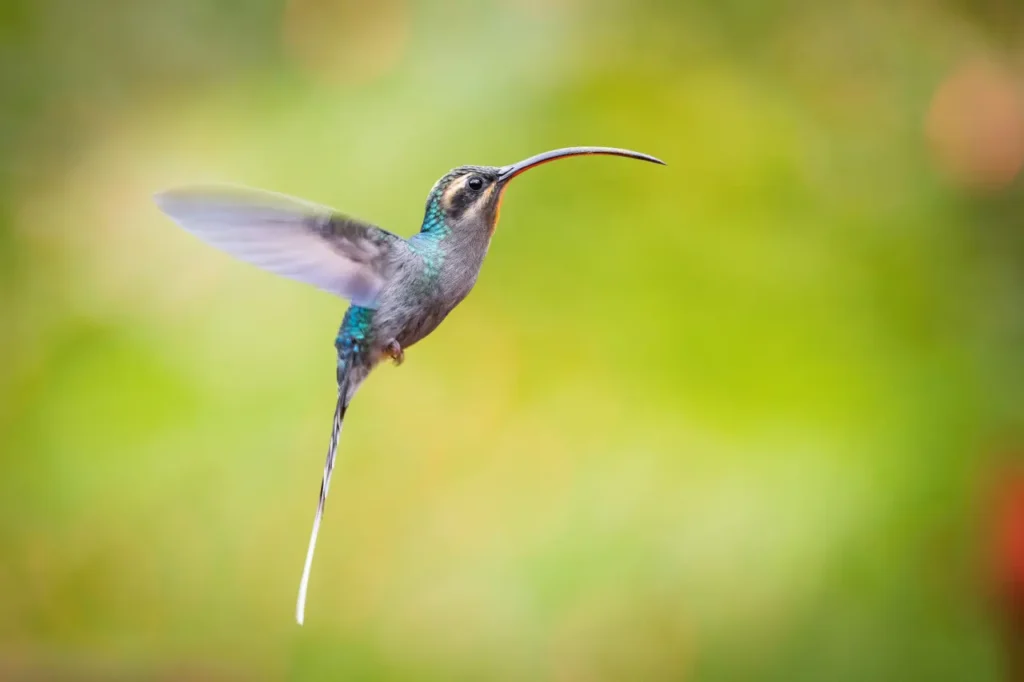
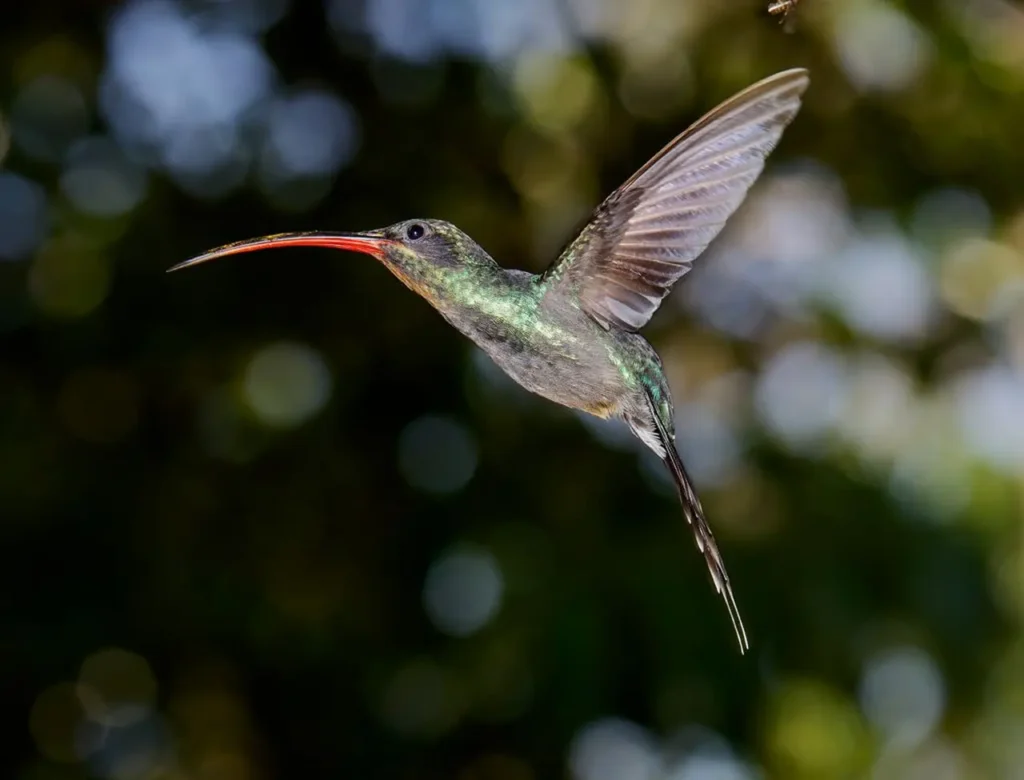
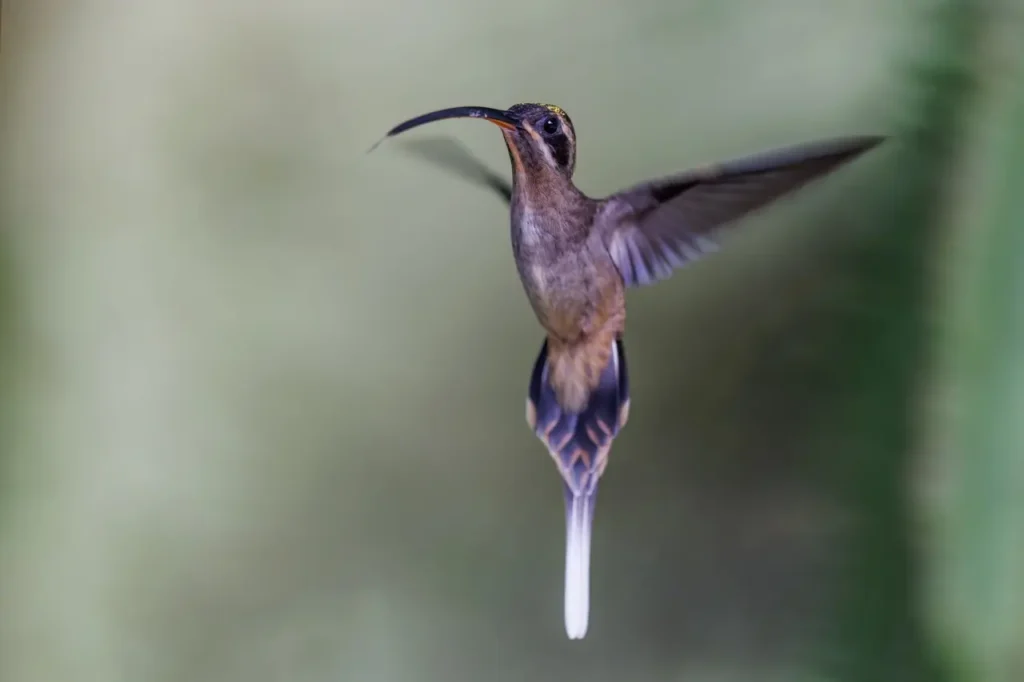
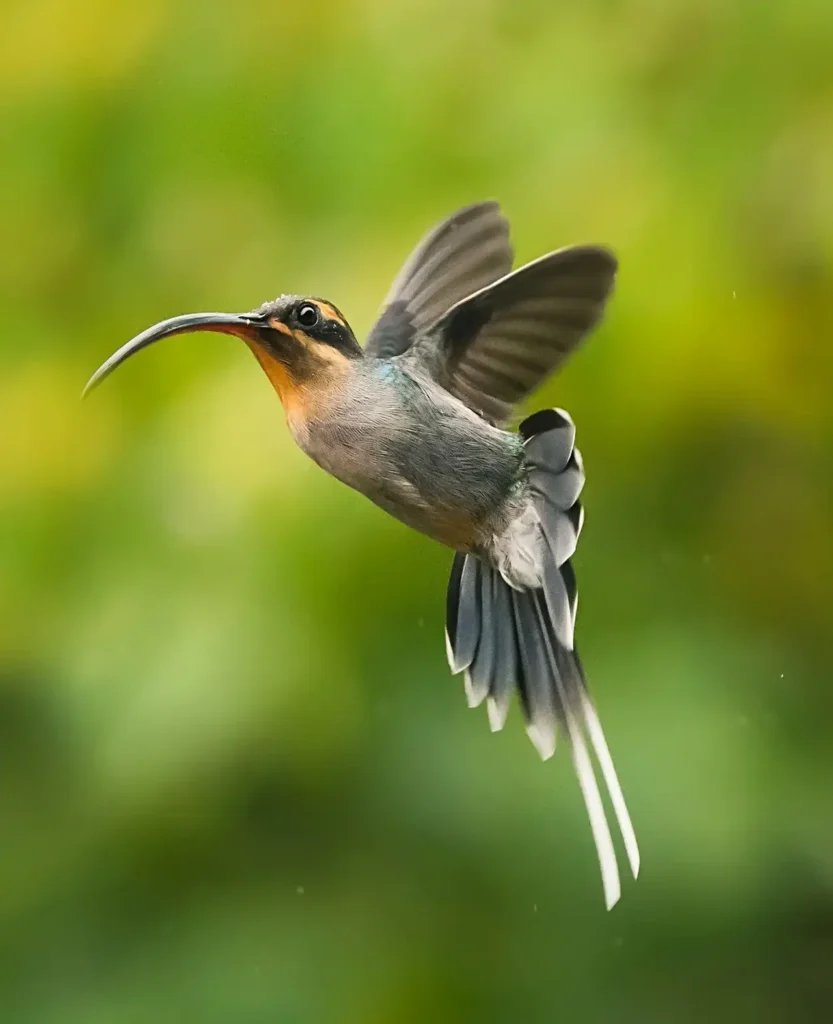
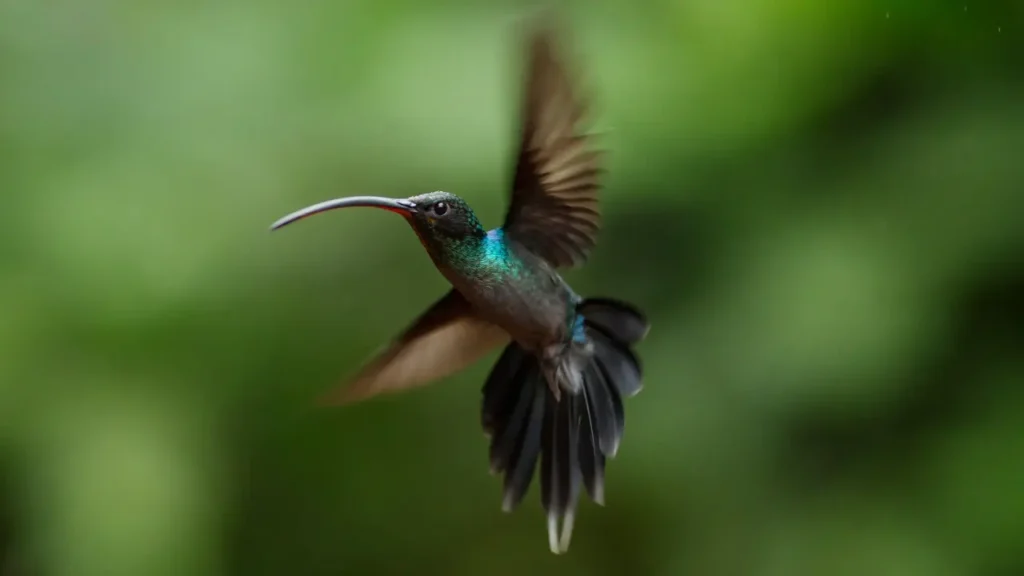
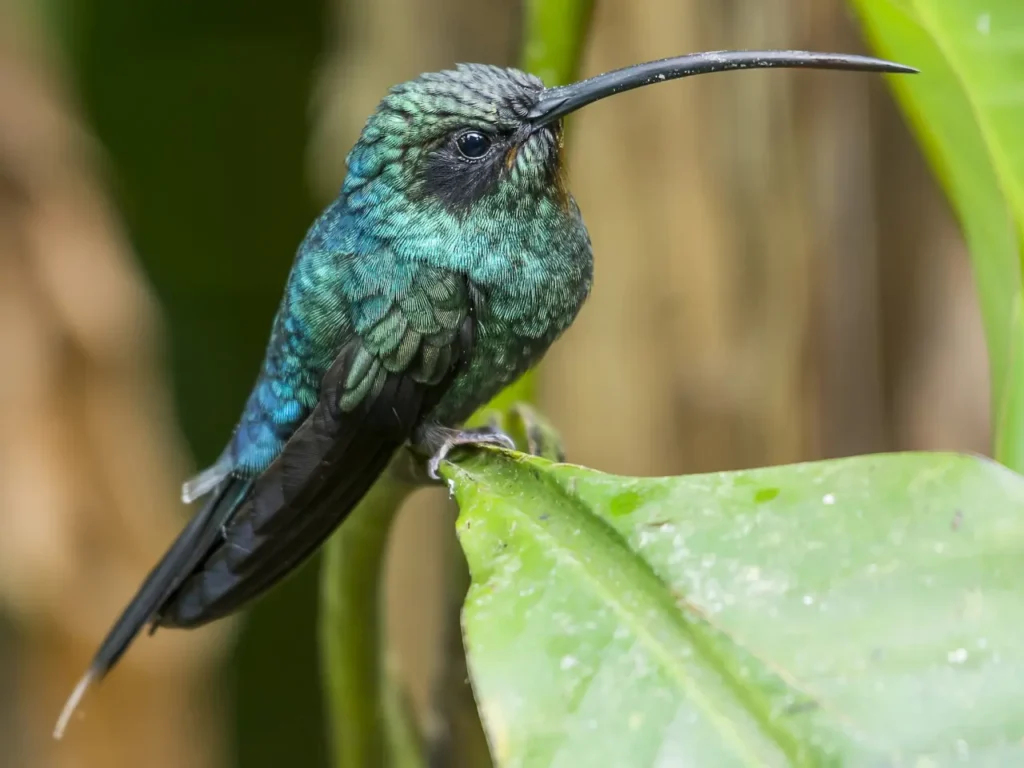
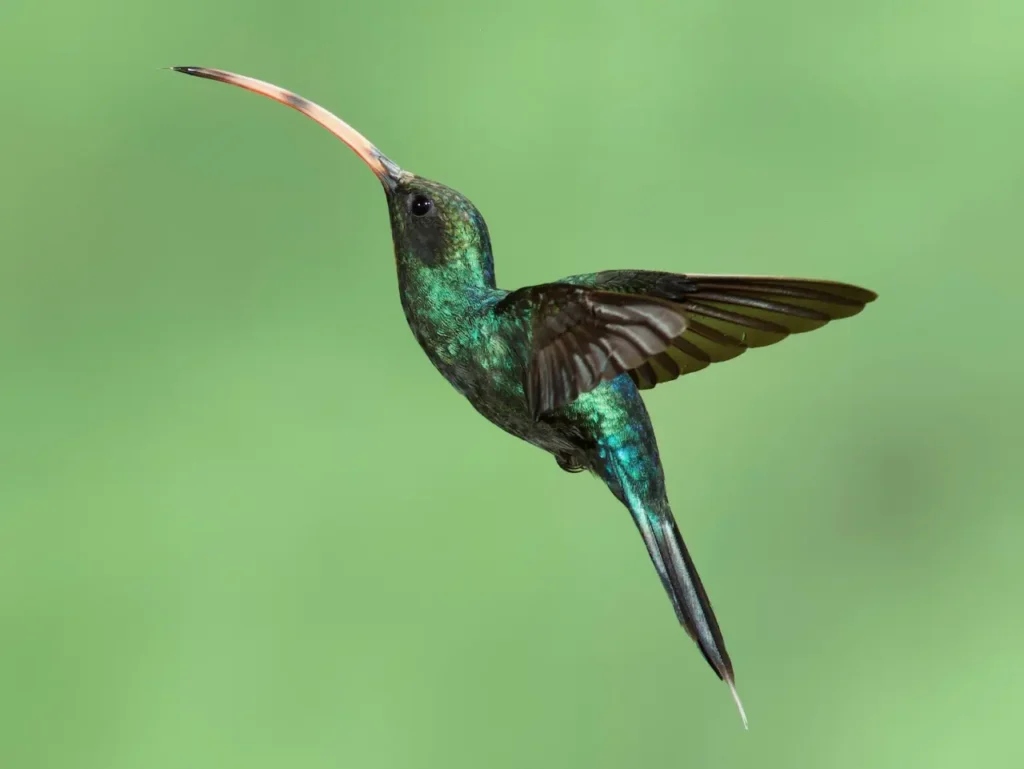
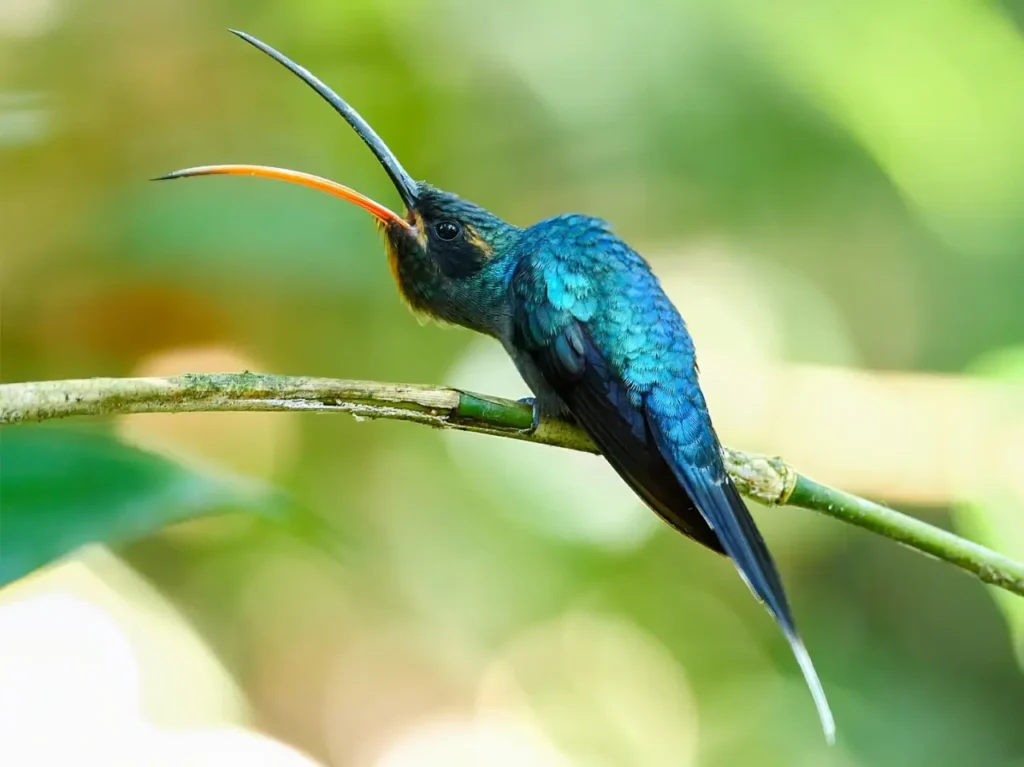
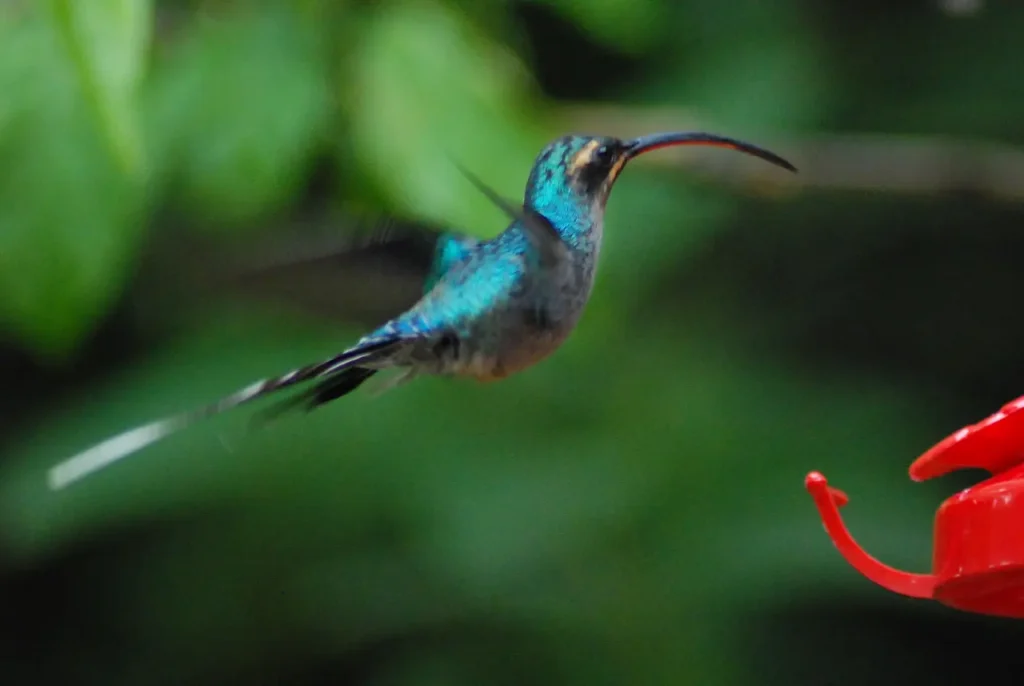
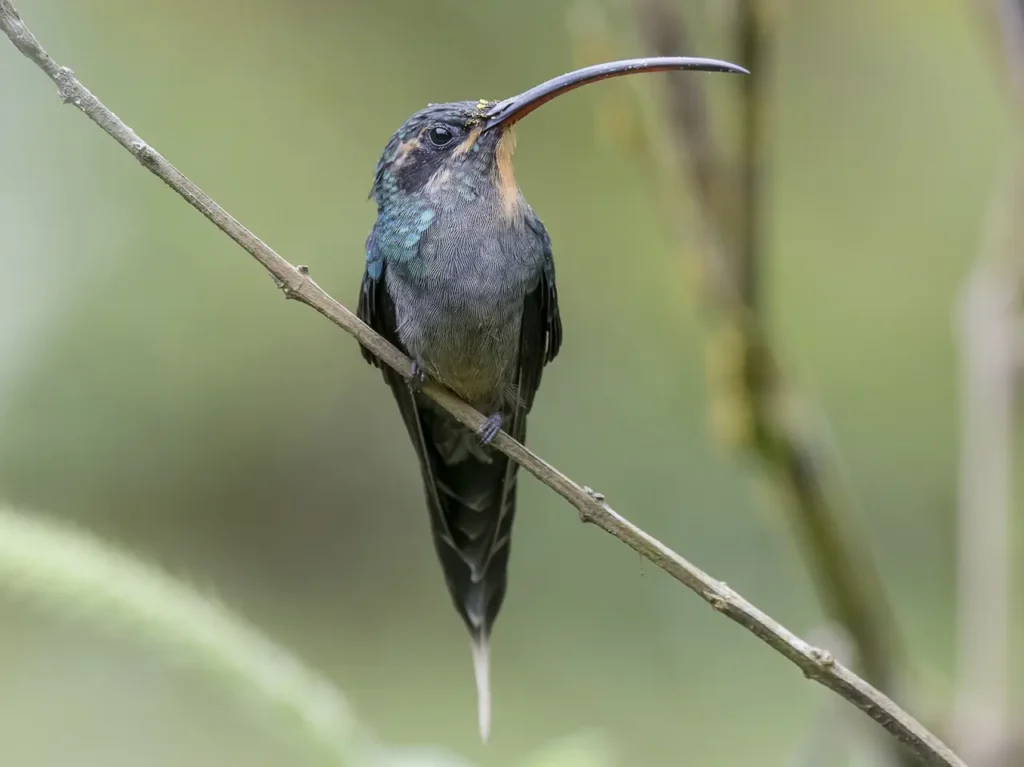
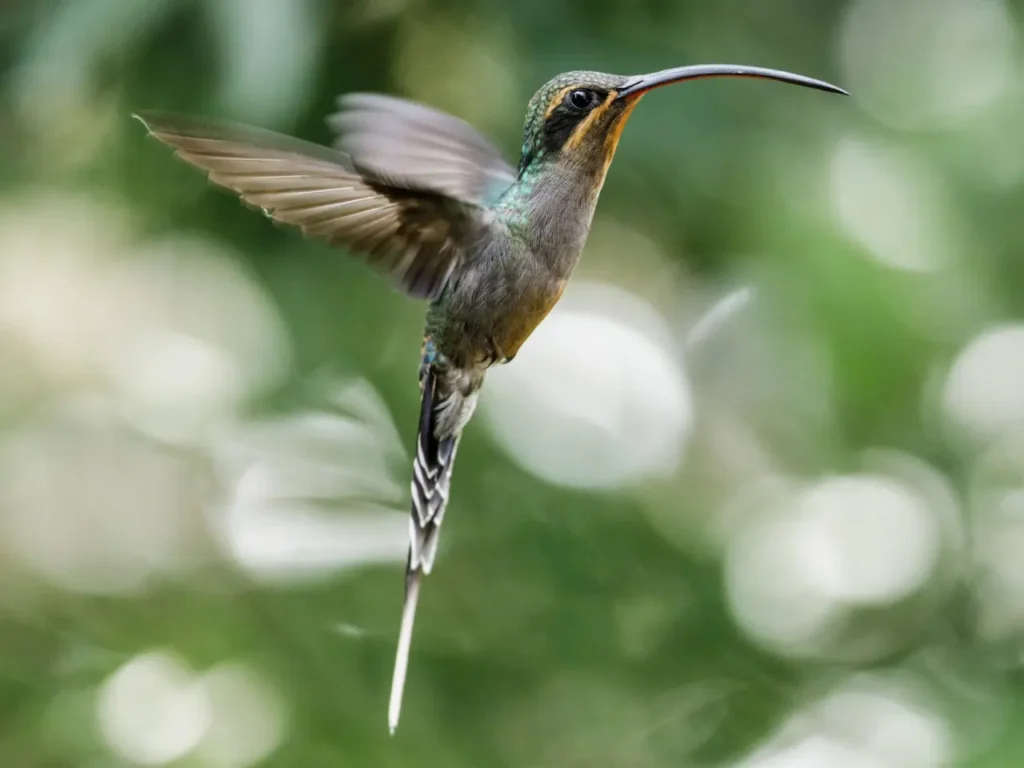
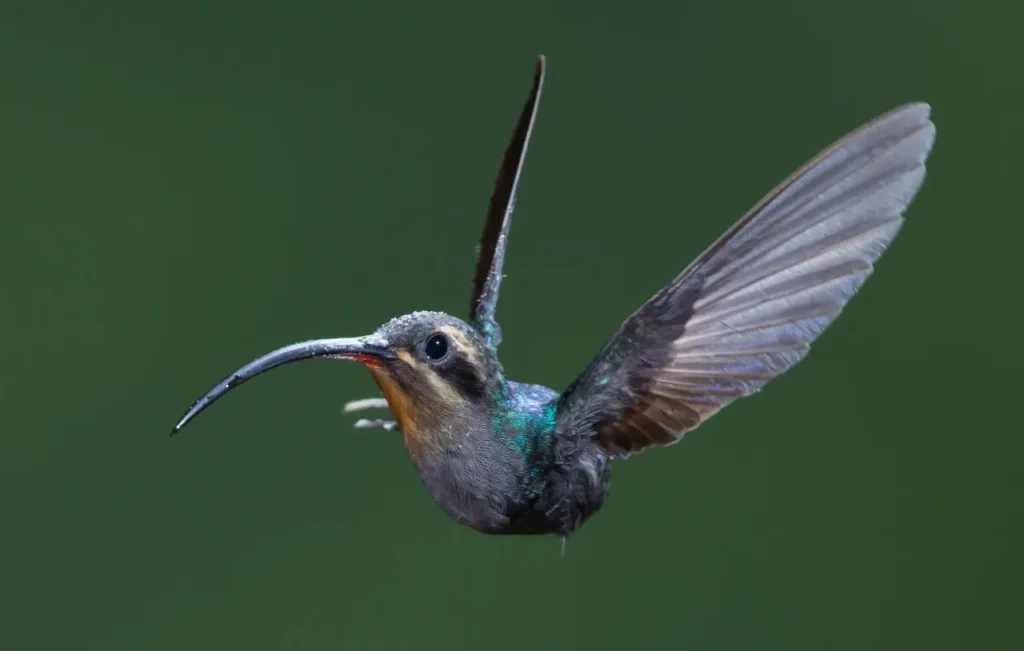
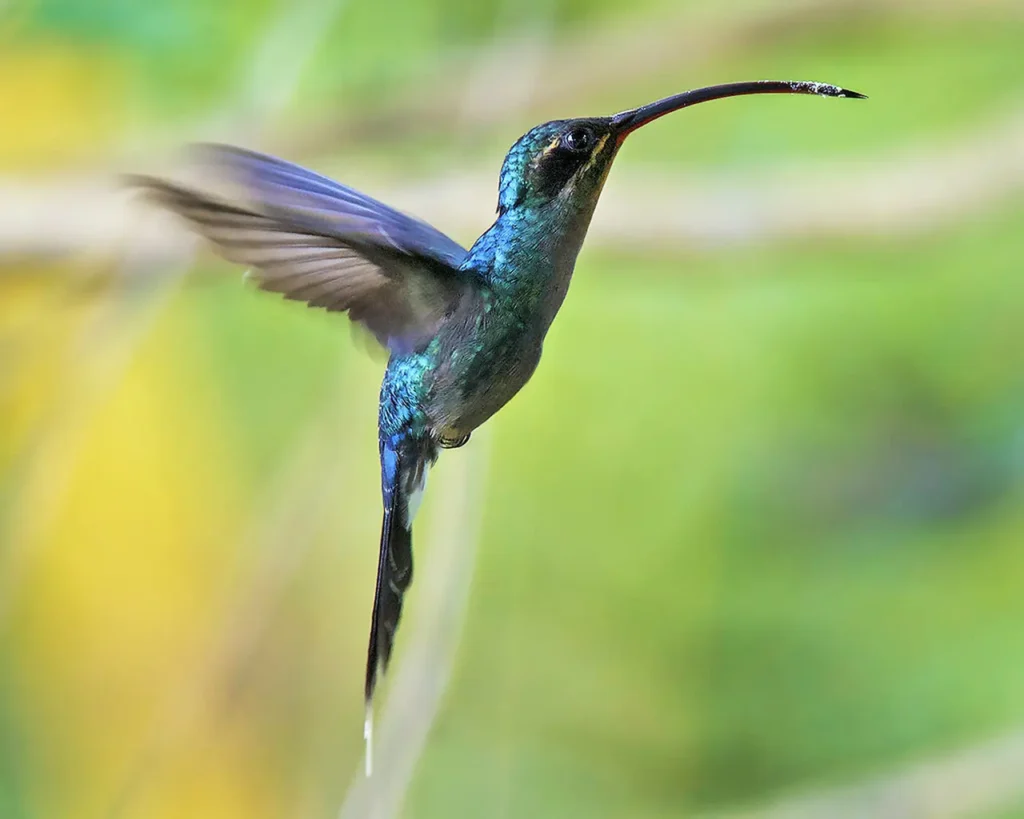
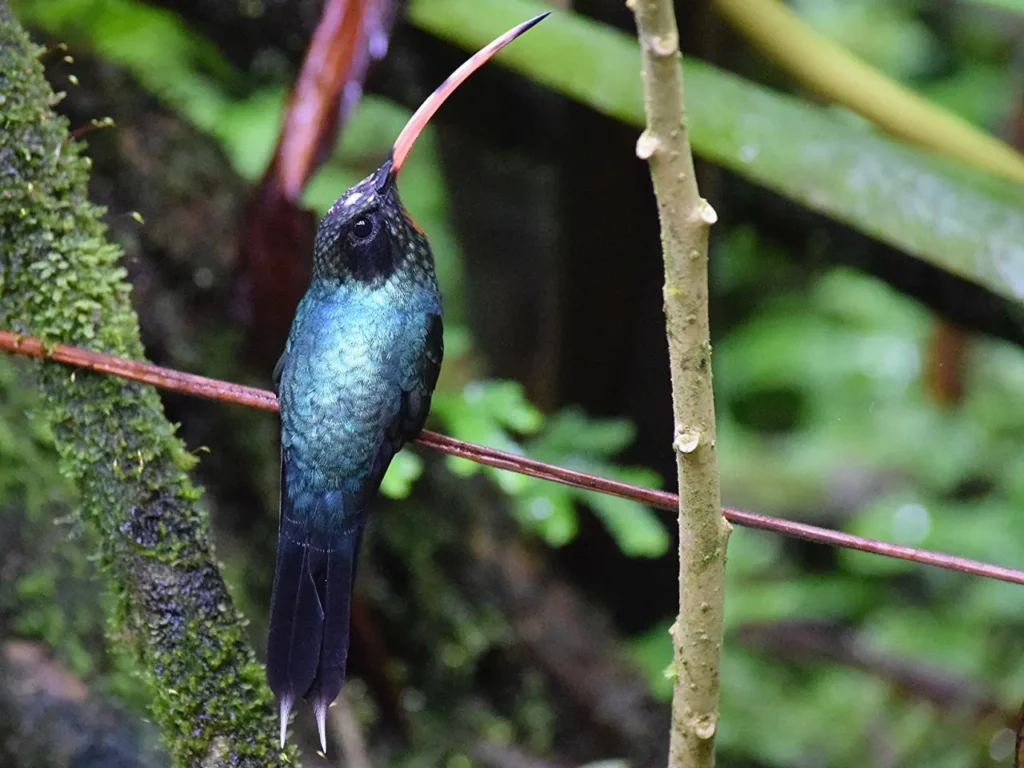
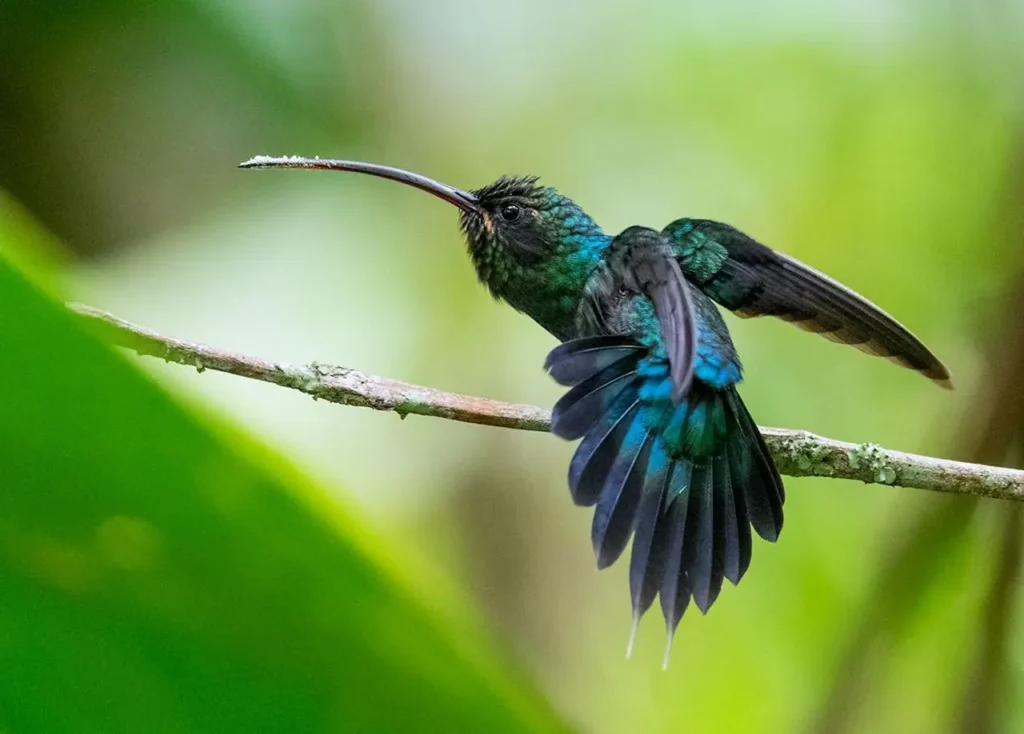
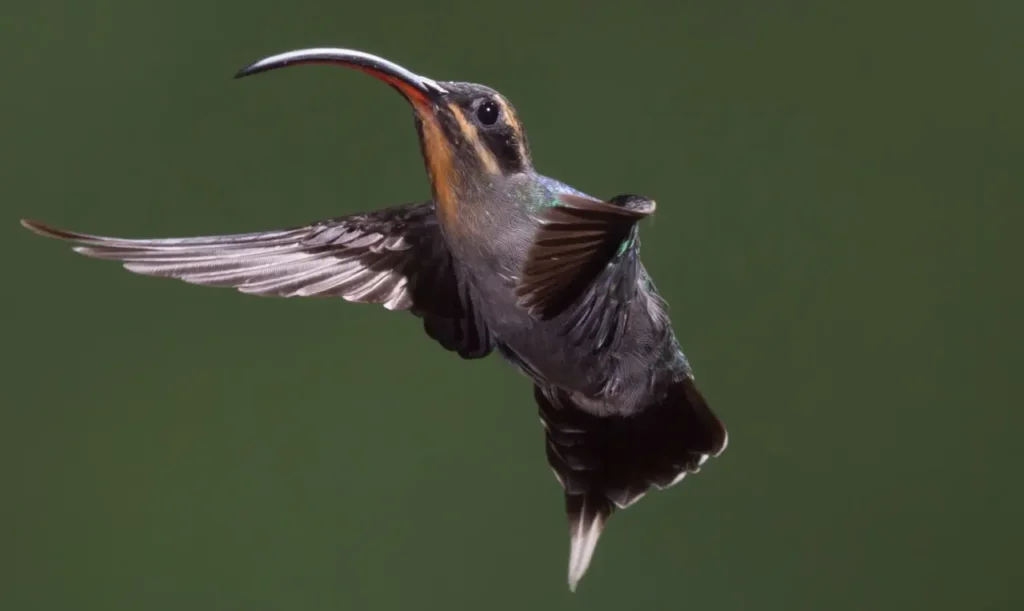
Appearance and Characteristics
The Green Hermit is a small but remarkable hummingbird species, known for its vibrant green plumage. Its upperparts, including the wings and tail, are a shimmering iridescent green, while its underparts are a slightly paler shade of green. One of the most distinctive features of the Green Hermit is its long, curved bill, which sets it apart from other hummingbird species. This specialized bill shape is adapted for feeding on nectar from tubular flowers.
Behavior and Feeding Habits
Green Hermits are often associated with their unique feeding behaviors. Instead of hovering in front of flowers, as many other hummingbirds do, they suspend themselves from a perch near the flowers and insert their bill into the tubular blooms. This approach allows them to extract nectar while minimizing energy expenditure. Their feeding technique is efficient and adapted to their specialized diet.
Habitat and Range
These captivating birds primarily inhabit the dense and humid tropical rainforests of Central and South America. From southern Mexico to western Panama, the Green Hermit thrives in the diverse ecosystems of these regions. Their presence highlights the importance of intact and healthy rainforest habitats for their survival.
Role in Pollination
Green Hermits play a crucial role in rainforest ecosystems as pollinators of many flowering plants. While feeding on nectar, their heads come into contact with the reproductive parts of flowers, facilitating the transfer of pollen from one flower to another. This symbiotic relationship between the Green Hermit and various plant species contributes to the process of pollination, which is essential for plant reproduction and the maintenance of biodiversity.
Conservation and Challenges
While the Green Hermit is not considered globally threatened, the conservation of its habitat remains a priority. Deforestation, habitat fragmentation, and climate change can all impact the rainforest ecosystems on which these birds depend. Conservation efforts that focus on preserving and restoring rainforest habitats are essential for ensuring the long-term survival of the Green Hermit and other species that rely on these ecosystems.
The Green Hermit, with its striking appearance, unique feeding behaviors, and ecological role as a pollinator, serves as a reminder of the intricate relationships within rainforest ecosystems. Its presence underscores the delicate balance of life within these lush habitats and the importance of our efforts to protect and conserve the irreplaceable beauty and biodiversity of tropical rainforests.
